Universal tool for tracking cell-to-cell interactions
One of the fundamental goals of basic biology is understanding how diverse cell types work in concert to form tissues, organs, and organ systems. Recent efforts to catalog the different cell types in every tissue in our bodies are a step in the right direction, but only one piece of the puzzle. The great mystery of how those cells communicate with one another remains unsolved.

Now, a new paper in Nature describes uLIPSTIC, a tool capable of laying the groundwork for a dynamic map tracking the physical interactions between different cells—the elusive cellular interactome. The authors have been perfecting the technology since 2018 and the latest iteration can in principle allow researchers to directly observe any cell-to-cell interaction in vivo.
“With uLIPSTIC we can ask how cells work together, how they communicate, and what messages they transfer,” says Rockefeller’s Gabriel D. Victora. “That’s where biology resides.”
Kiss-and-run
Ever since single-cell mRNA sequencing came into its own, researchers have been scrambling to connect the dots and explain how diverse cells unite to form tissue. Several methods of cataloging cell-to-cell interactions have already emerged, but all have considerable shortcomings. Early efforts that involved direct observation under a microscope failed to retrieve interacting cells for further analysis; subsequent attempts leaned on advanced imaging techniques that intuit how cells might interact based on their structure and proximity to other cells. No approach captured true physical interactions and signal exchange between cell membranes.
Enter LIPSTIC, an innovative approach from the Victora lab that involved labeling cellular structures that touch when two cells make fleeting, “kiss-and-run” contact before parting ways. The labels ensured that, if one cell “kissed” another, it would leave a mark akin to a lipstick, enabling easy identification and quantification of physical interactions between cells.
Originally, the platform had narrow applications. Victora and colleagues designed LIPSTIC to record a very specific kind of cell-to-cell interaction between T cells and B cells, a major focus of their lab. Other researchers, however, began clamoring for a version of LIPSTIC that would work on other cellular interactions too. “We could have tailored a LIPSTIC for every type of interaction,” Victora says. “But why not try to make a universal version, instead?”
Mapping every interaction
In the original version of LIPSTIC, a “donor” cell uses an enzyme borrowed from bacteria to place a labeled peptide tag onto the surface of an “acceptor” cell upon contact—the biochemical equivalent of applying lipstick to one cell and looking for a kiss print on another. That method required knowing exactly how the “kiss” would occur, identifying molecules the donor cell uses to interact with recipient cells and painstakingly forcing the tags onto those molecules. But over time the team discovered that dousing the cells with a high volume of enzyme and its target would ensure that any interaction that one cell had with another cell would be tracked just as efficiently.
“If you cram partner cells with enough enzyme and target, you can make any any cell pair capable of LISPTIC labeling without needing to know in advance what molecules these cells will use for their interaction,” Victora says.
The result was uLIPSTIC, a universal platform not bound by foreknowledge of molecules, ligands, or receptors. Scientists can now theoretically smear uLIPSTIC on any cell, without preconceived notions of how it would interact with its environment, and observe physical cell-to-cell interactions. To demonstrate the power of the platform, the team showed that uLIPSTIC could expand beyond LIPSTIC’s narrow repertoire of B cells and T cells to track how dendritic cells kickstart the body’s immune response against tumors and food allergens.
“The reception to uLIPSTIC has been great,” says Sandra Nakandakari-Higa, a PhD student in the Victora lab and lead author on the paper. “We’re already getting a lot of inquiries from other labs about how they can adapt our system to their models.”
The team hopes to eventually use uLIPSTIC to discover the receptor-ligand pairs key to cellular interactions, in an effort to better understand how cells unite into tissue at the molecular level. Eventually, the team envisions uLIPSTIC as a key tool in the effort to generate comprehensive atlases describing how cells interact to form tissue—a key to the long-awaited interactome.
This article is republished from the Rockefeller University website. Read the original here.
Enjoy reading ASBMB Today?
Become a member to receive the print edition four times a year and the digital edition monthly.
Learn moreGet the latest from ASBMB Today
Enter your email address, and we’ll send you a weekly email with recent articles, interviews and more.
Latest in Science
Science highlights or most popular articles
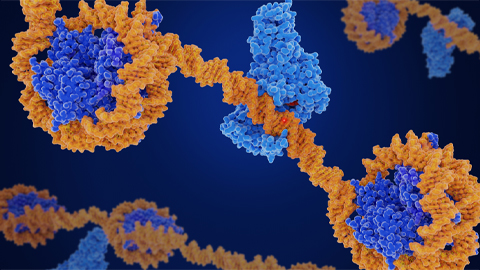
CRISPR epigenome editor offers potential gene therapies
Scientists from the University of California, Berkeley, created a system to modify the methylation patterns in neurons. They presented their findings at ASBMB 2025.
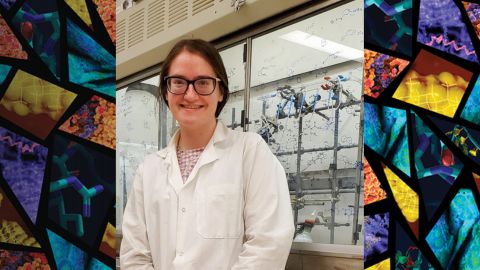
Finding a symphony among complex molecules
MOSAIC scholar Stanna Dorn uses total synthesis to recreate rare bacterial natural products with potential therapeutic applications.

E-cigarettes drive irreversible lung damage via free radicals
E-cigarettes are often thought to be safer because they lack many of the carcinogens found in tobacco cigarettes. However, scientists recently found that exposure to e-cigarette vapor can cause severe, irreversible lung damage.
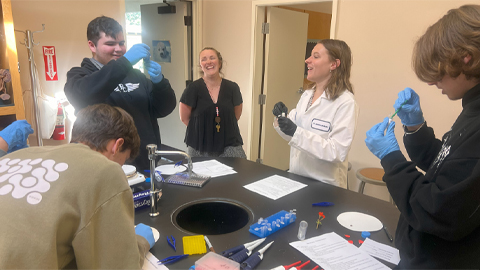
Using DNA barcodes to capture local biodiversity
Undergraduate at the University of California, Santa Barbara, leads citizen science initiative to engage the public in DNA barcoding to catalog local biodiversity, fostering community involvement in science.
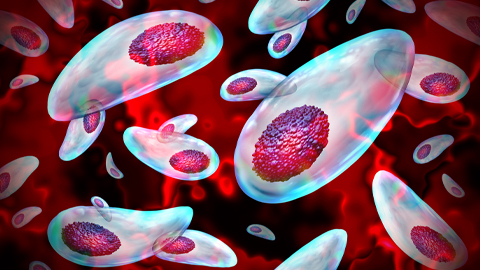
Targeting Toxoplasma parasites and their protein accomplices
Researchers identify that a Toxoplasma gondii enzyme drives parasite's survival. Read more about this recent study from the Journal of Lipid Research.
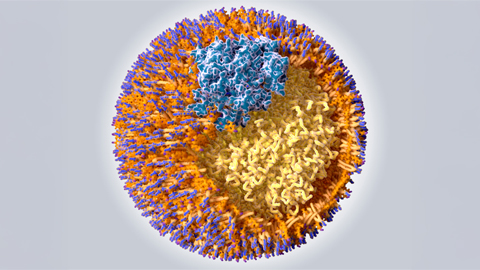
Scavenger protein receptor aids the transport of lipoproteins
Scientists elucidated how two major splice variants of scavenger receptors affect cellular localization in endothelial cells. Read more about this recent study from the Journal of Lipid Research.

